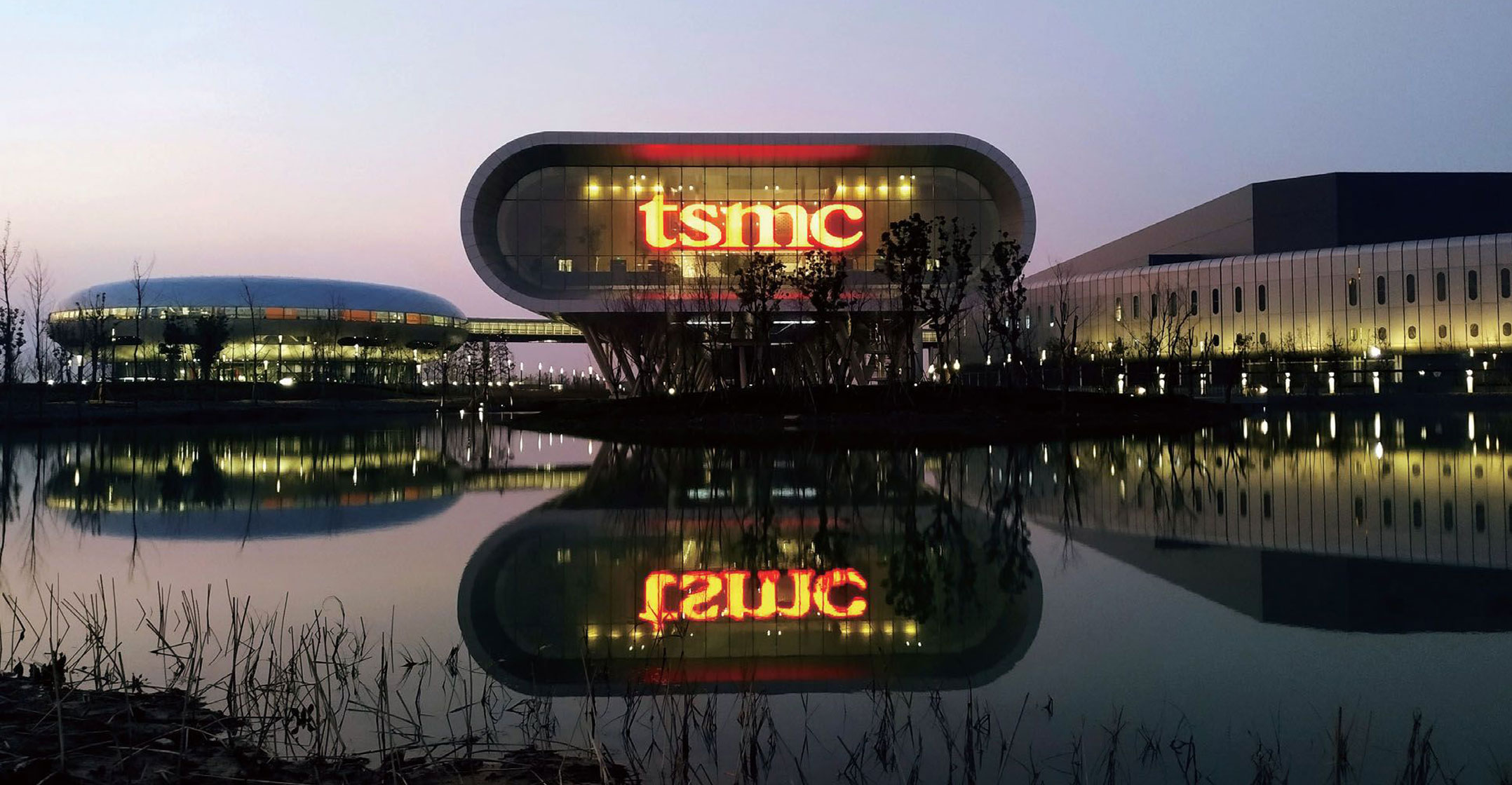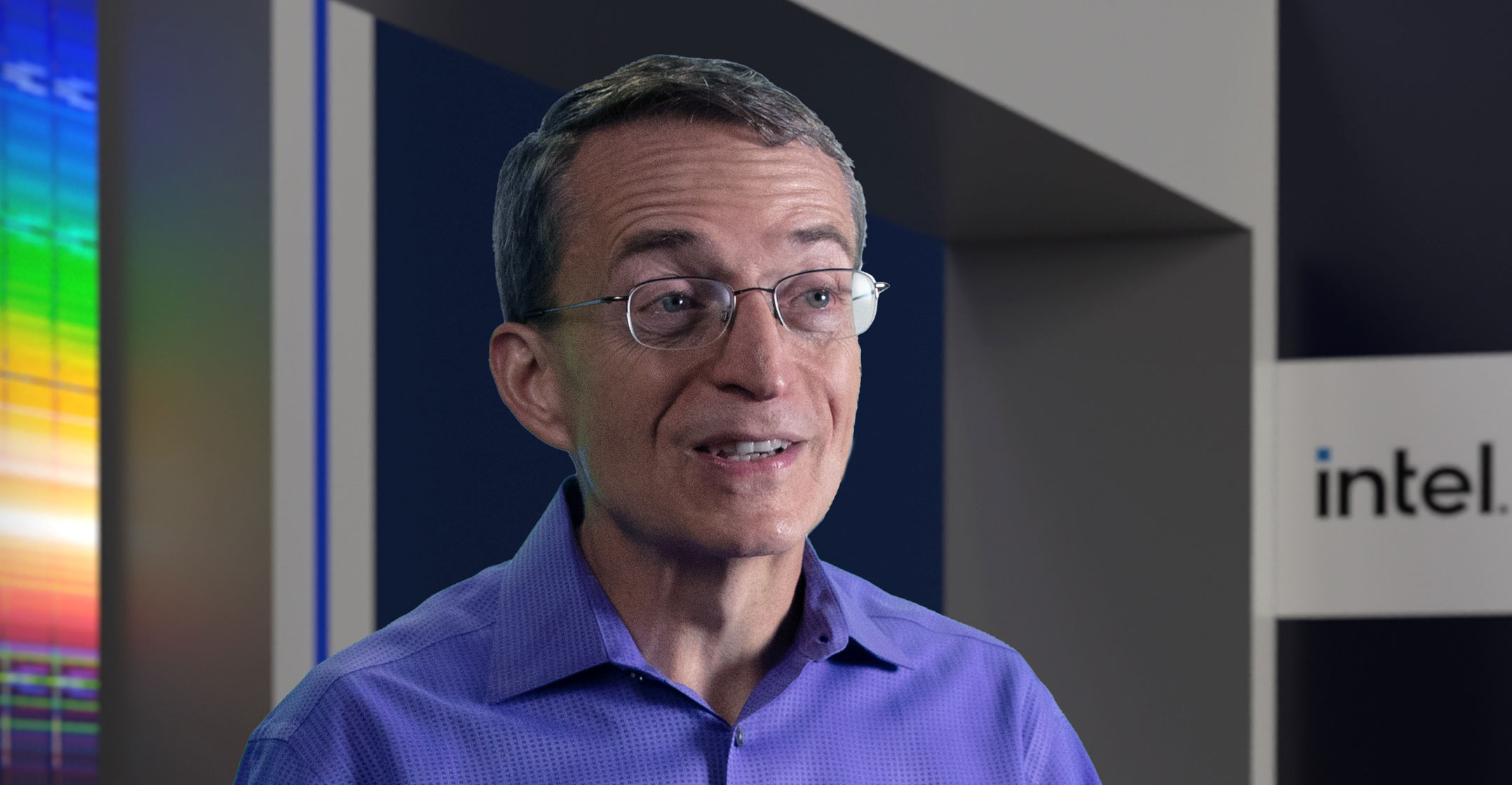
Taiwan Semiconductor Manufacturing Co spent a record US$30-billion (R460-billion) last year on factories that churn out the world’s most advanced chips. It seems that wasn’t enough. This year, it’s decided to up the ante by forecasting a budget of as much as $44-billion. Rivals better watch out.
“Every year our capex is spent in anticipation of the growth that will follow,” chief financial officer Wendell Huang told investors during an earnings call on Thursday. That’s an understatement. After posting a 25% increase in revenue last year, the company announced it expects to top that figure by climbing somewhere in the high-20s-percent range in 2022. TSMC rarely misses its forecasts.
Sure, the spending last year weighed on profitability a little (operating margin was down 1.4 percentage points), yet TSMC still managed to churn out $40-billion in cash from operations. The only two firms that might be reasonably called competitors — Samsung Electronics and Intel — need to keep this fact in mind if they plan to go toe-to-toe with the world’s ninth largest company.
If they still intend to get into a chip war, they ought to take a close look at the Hsinchu giant’s balance sheet. TSMC has $38-billion in cash on hand, meaning it could almost fund this year’s spending without taking in a dime of revenue.
Admittedly, it’s not as simple as that — the company needs to pay staff, materials costs and power bills — but such numbers show it’s not only big, but solid, too.
From a technology perspective, Samsung is the nearest rival. Yet a comparison is skewed by the fact that the South Korean company also makes display screens and puts most of its semiconductor spending towards commodity memory chips that TSMC doesn’t even bother to make.
Then there’s Intel
Then there’s Intel, the US would-be challenger that’s decided to join the foundry fray. In addition to manufacturing chips under its own brand, Intel CEO Pat Gelsinger last year decided he wants to take on TSMC and Samsung — and a handful of others — by offering to make them for external clients.
But Intel trails both of them in technology prowess, forcing the California company into the ironic position of relying on TSMC to produce its best chips. Gelsinger is confident that he can catch up. Maybe he will, but there’s no way the firm will be able to expand capacity and economies of scale to the point of being financially competitive. Put another way, Intel will need to sacrifice margins to gain the volume needed to fill the fabs he, too, wants to build.
That’s why Gelsinger’s strategy over the past year has been to talk about geopolitics as much as manufacturing capability. In numerous speeches and interviews, the American CEO has spoken about the need to base more manufacturing in the West and the importance of the US government to funding such efforts.

TSMC isn’t fazed. It has already heeded the call to set up in the US, with a plant in Arizona currently being built and a good chance of new facilities being announced in Europe. It’s also preparing to open a new factory in Japan.
With a market capitalisation of $620-billion, TSMC is the world’s largest non-US, non-state-owned enterprise. (Saudi Aramco is larger, but government-controlled.) It’s also one of the biggest spenders, among non-oil companies, beaten by only Toyota, Samsung and Amazon.com. This year’s figure will move it closer to the top.
With the global chip shortage set to continue, and greater demand fuelled by the need for more powerful servers and faster 5G mobile phone connections, TSMC has the wind at its back and a huge cheque book in hand. Good luck to anyone who thinks they can keep up. — (c) 2022 Bloomberg LP




